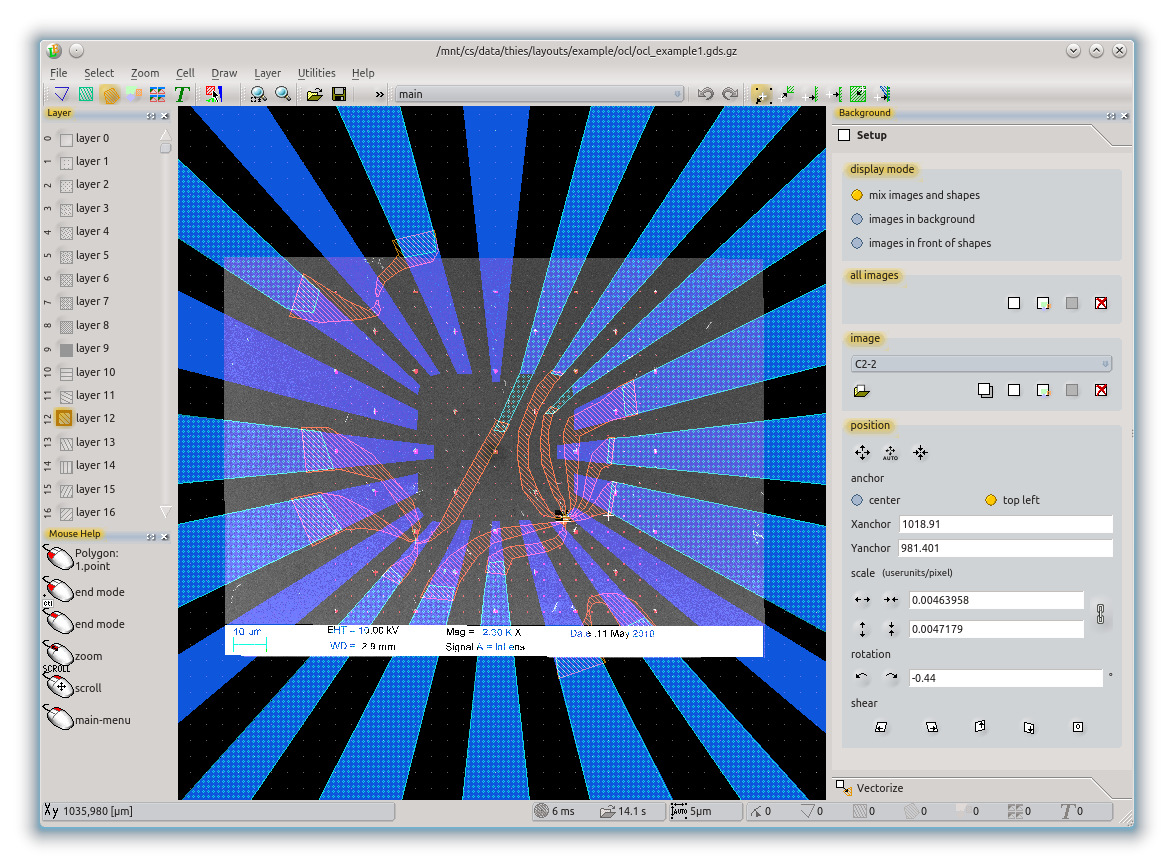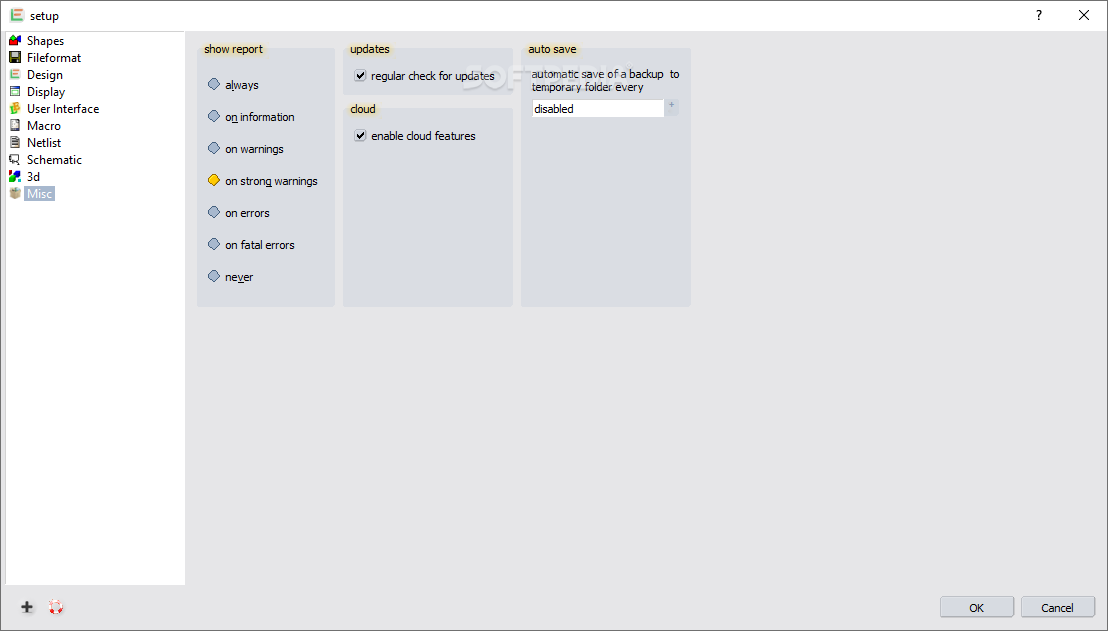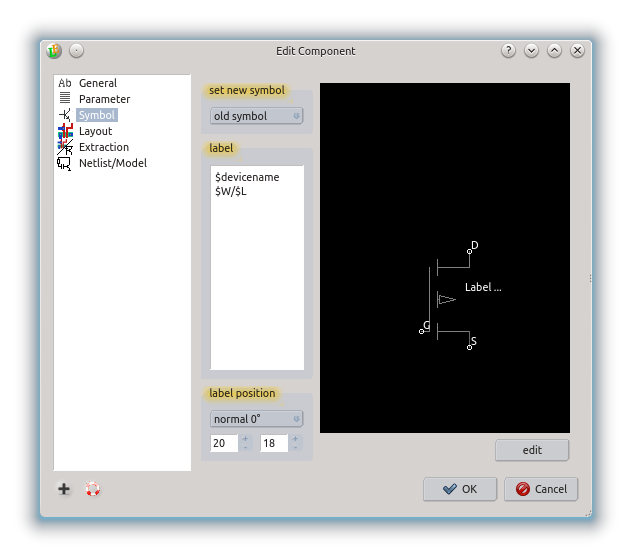

The Lapidary graphical interface design tool.
#Layouteditor users software#
Australasian Software Engineering Conference (ASWEC) (April 2010), 67-74. A reduction of grid-bag layout to Auckland layout. Minimum dissection of a rectilinear polygon with arbitrary holes into rectangles. Druid: a system for demonstrational rapid user interface development.

A new layout method for graphical user interfaces. Difference threshold for stimulus length under simultaneous and nonsimultaneous viewing conditions. Creating highly-interactive and graphical user interfaces by demonstration. User-Interface Tools: Introduction and Survey. Domain Specific High-Level Constraints for User Interface Layout.
#Layouteditor users iso#
ISO 9241-10: Ergonomic Requirements for Office Work with Visual Display Terminals (VDT) - Part 10: Dialogue Principles, 1996.

Constraint-based document layout for the web. Snap-and-go: helping users align objects without the modality of traditional snapping. Baudisch, P., Cutrell, E., Hinckley, K., and Eversole, A.A two-view approach to constructing user interfaces. All these features permit GUI developers to focus more on the overall UI design. This displays the layout at its minimum and in an enlarged size, which allows visualizing potential resize issues directly. Finally, to aid designers in creating layouts with good resize behavior, we propose a novel automatic layout preview.
#Layouteditor users manual#
Furthermore, we discuss how our innovations can be combined with manual constraint editing in a sound way. To achieve that, we present a new algorithm that automatically generates the constraints necessary to keep a layout non-overlapping. ALE guarantees that all edit operations lead to sound specifications, ensuring solvable and non-overlapping layouts. We give a detailed description of ALE's edit operations, which do not require direct constraint editing. We present a new GUI builderthe Auckland Layout Editor (ALE)that addresses these challenges by enabling GUI designers to specify constraint-based layouts using simple, mouse-based operations. This poses challenges for GUI builder tools, which ideally should address these issues automatically.

However, they are also more complex and their layouts are prone to problems such as over-constrained specifications and widget overlap. Constraint-based layout managers are among the most powerful. Layout managers are used to control the placement of widgets in graphical user interfaces (GUIs).


 0 kommentar(er)
0 kommentar(er)
